History lovers know that the best way to understand a destination is to walk through its past. In Aruba, history is woven into every corner of the island—from the remnants of Spanish and Dutch influences to the echoes of its indigenous Arawak heritage. Whether you’re exploring a centuries-old fort, standing before the ruins of a gold mill, or admiring artifacts that date back thousands of years, Aruba offers a fascinating glimpse into the stories that shaped it.
At VacationAruba, we believe that travel is more than just sightseeing; it’s about immersing yourself in the heart and soul of a destination. That’s why we curate a selection of conveniently located vacation rental homes, giving you the perfect jumping off points for historical exploration of our island.
Aruba’s rich past is waiting to be discovered. In this guide, we’ll uncover seven of the island’s must-visit historical sites and museums—each offering a unique perspective on its vibrant heritage.
Alto Vista Chapel
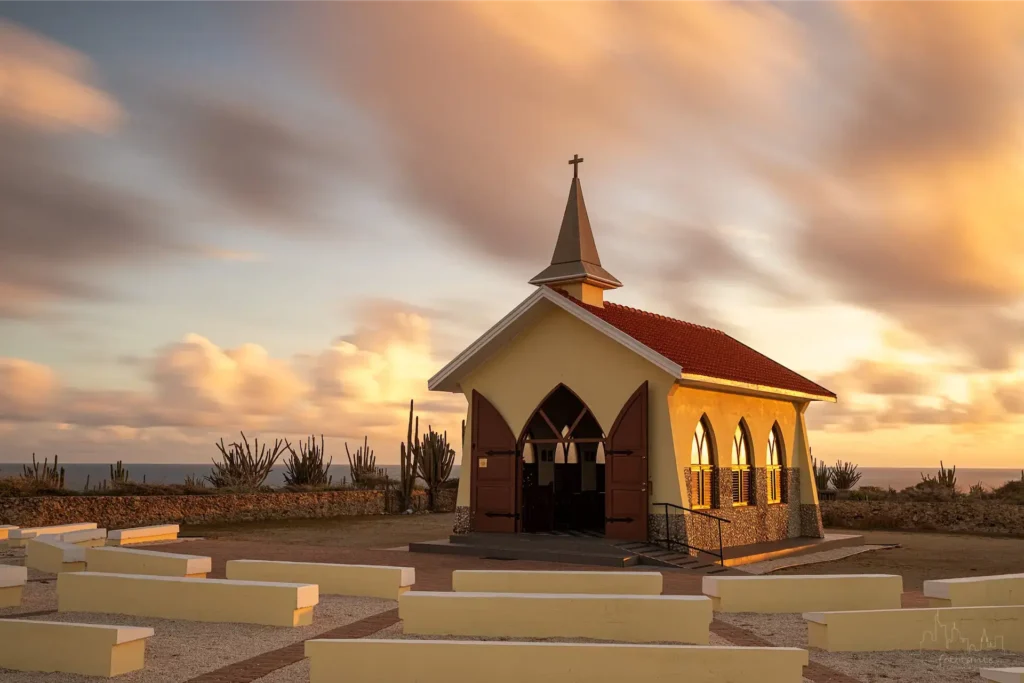
Perched on a hilltop with sweeping coastal views, Alto Vista Chapel is one of Aruba’s most cherished historical landmarks. Built in 1750 by Spanish missionaries and indigenous converts, it was the island’s first Catholic church. While the original structure was abandoned in the 19th century, it was rebuilt in 1952, maintaining its role as a place of worship and reflection.
Beyond its religious significance, the chapel offers visitors a peaceful escape from Aruba’s livelier attractions. The scenic road leading here is ideal for walking or cycling, making it a great way to stay active while exploring one of the island’s oldest landmarks.
California Lighthouse
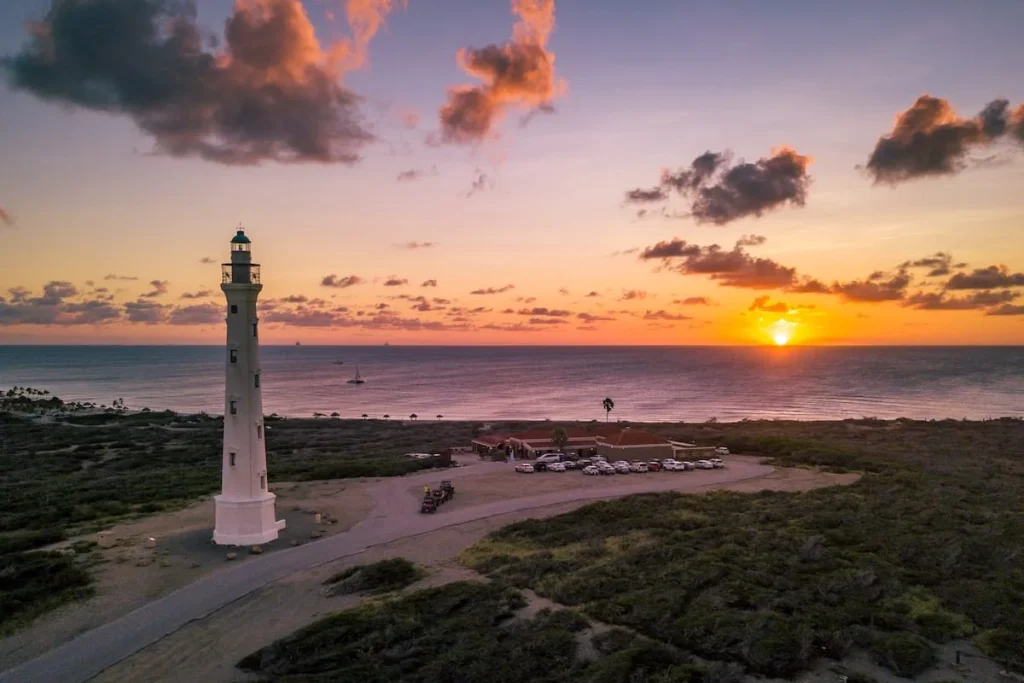
Standing tall at Aruba’s northern tip since 1916, the California Lighthouse was named after the SS California—a steamship that wrecked off the island’s coast—and built to prevent similar maritime disasters. Its French-designed architecture and historic role in Aruba’s seafaring past make it a must-visit site for history enthusiasts.
Beyond its historical significance, the lighthouse is one of the best spots to enjoy panoramic views of Aruba’s coastline. Its location makes it an ideal stop when exploring the island’s northern region—something that’s even easier when staying in one of VacationAruba’s well-situated house rentals. Whether you visit at sunrise or sunset, the California Lighthouse offers a breathtaking glimpse into Aruba’s past and present.
Bushiribana Gold Mill Ruins
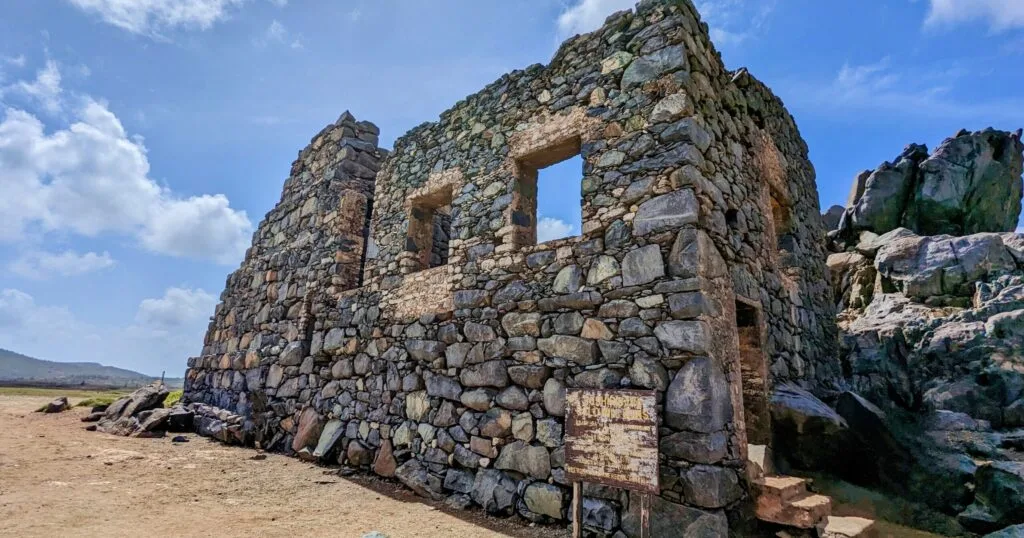
Aruba’s 19th-century gold rush led to the construction of the Bushiribana Gold Mill in 1872 to process gold ore mined from the nearby hills. Though it was only operational for a decade, its thick stone walls and rugged remains stand as a testament to the island’s once-thriving gold industry.
Today, the ruins offer a glimpse into Aruba’s mining past and serve as a popular stop for visitors exploring the island’s northern coast. The site’s location provides stunning ocean views, making it a perfect place to soak in both history and scenery while traveling through the island’s more remote areas.
Fort Zoutman Historical Museum
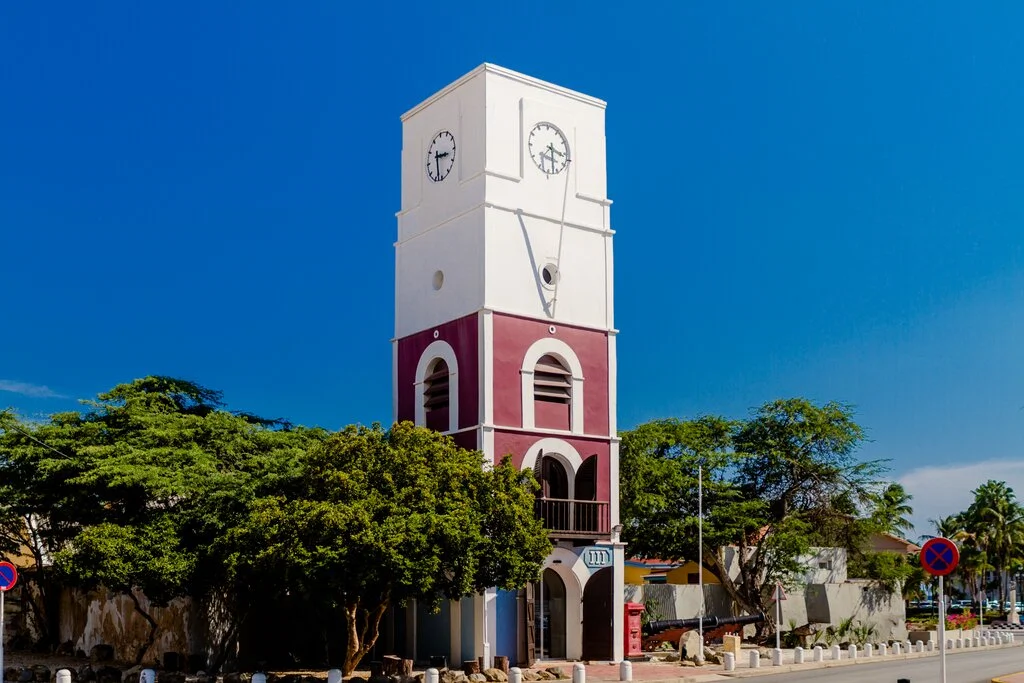
Built in 1798 by the Dutch military to defend Aruba against pirates, Fort Zoutman is the island’s oldest structure and a key piece of its colonial past. The fort later became a government building before being converted into a museum. Today, it houses exhibits on Aruba’s history, showcasing artifacts from the island’s indigenous roots to its colonial era.
Located in Oranjestad, the museum is easily accessible to visitors exploring the capital. If you happen to be in the area on a Tuesday evening, don’t miss the Bon Bini Festival, a lively event held at the fort that celebrates Aruban music, dance, and traditions.
National Archaeological Museum Aruba
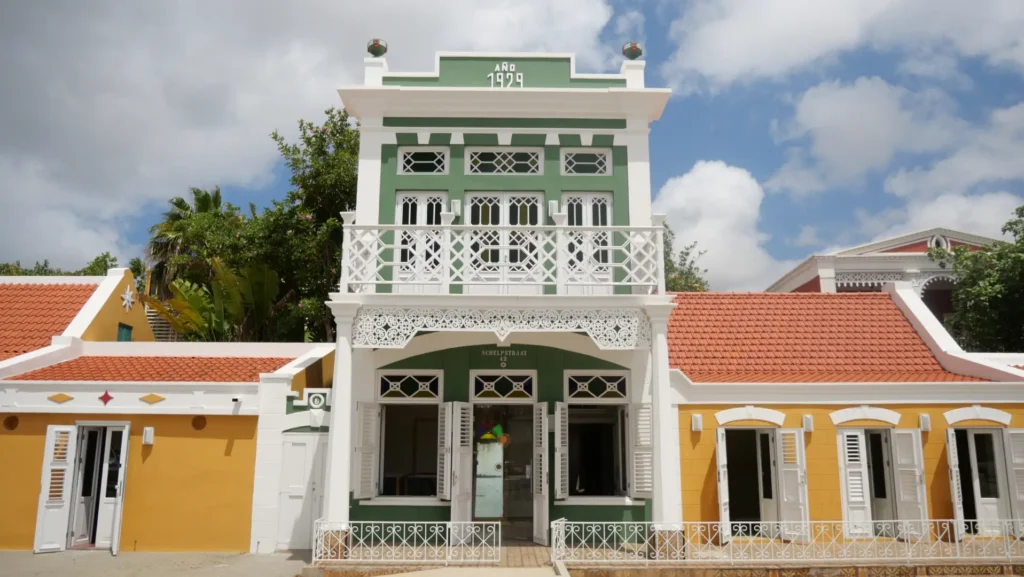
Aruba’s history stretches back millennia, long before European explorers arrived. The National Archaeological Museum Aruba preserves this past, showcasing artifacts—pottery, tools, burial remains—from the island’s indigenous Caquetío Arawak people, some dating back to 2500 BCE.
Housed in a beautifully restored colonial mansion in Oranjestad, the museum is dedicated to preserving Aruba’s cultural identity. It also promotes sustainable conservation efforts, ensuring that future generations can continue to learn from these ancient relics. Whether you’re a history enthusiast or simply curious about Aruba’s indigenous roots, this museum provides a fascinating look at the island’s earliest inhabitants.
San Nicolas Community Museum
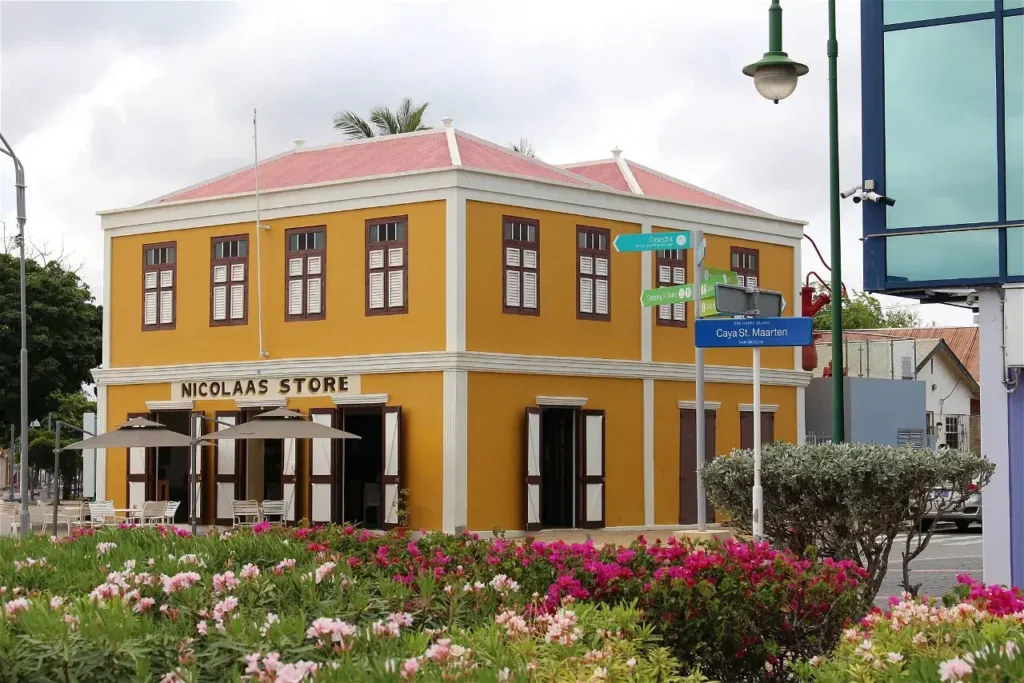
Known as Aruba’s cultural capital, San Nicolas has a rich history shaped by its diverse communities and industrial past. The San Nicolas Community Museum captures this evolution, featuring exhibits on early 20th-century life, local craftsmanship, and the influence of Caribbean and South American immigrants—a nostalgic look at how working-class neighborhoods thrived during the height of the Aruban oil refinery boom.
Beyond the museum, San Nicolas itself is worth exploring for its vibrant street art and annual Aruba Art Fair, which bring its history and culture to life. From wandering through its colorful streets to learning about its past, San Nicolas offers a unique perspective on Aruba that history lovers won’t want to miss.
Museum of Industry
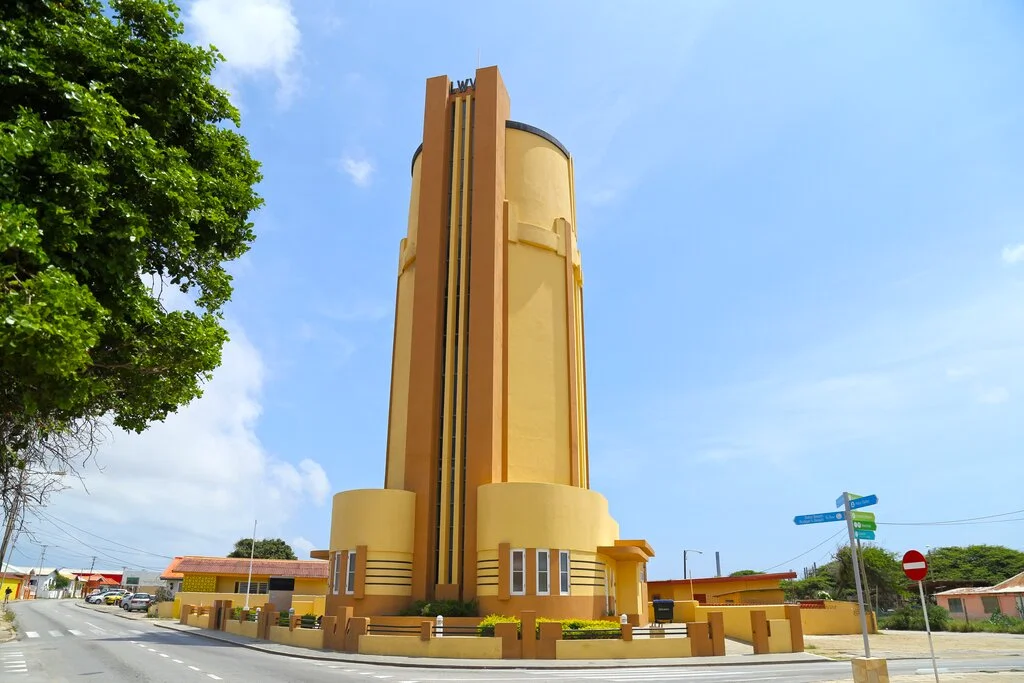
Aruba’s transformation from a quiet island to a thriving economy is showcased at the Museum of Industry. Housed in the restored San Nicolas Water Tower, the museum highlights the island’s industrial history, from gold mining and aloe production to phosphate extraction and the rise of the oil refinery sector. Through interactive displays and historical artifacts, visitors can see how these industries shaped Aruba’s workforce and economy.
Located in San Nicolas, offering another facet of the town’s story, the museum provides an insightful look at the island’s economic development and the resilience of its industries—making it a must-visit for history enthusiasts.
Aruba’s history is as captivating as its beaches, offering a glimpse into the cultures and industries that shaped the island. Whether you’re exploring historic places or going on museum tours, each site tells a unique story of resilience and transformation.
Ready to uncover Aruba’s fascinating past? Start planning your historical adventure today! Browse our curated selection of VacationAruba rental properties today and find your comfortable retreat after a day of discovery.
